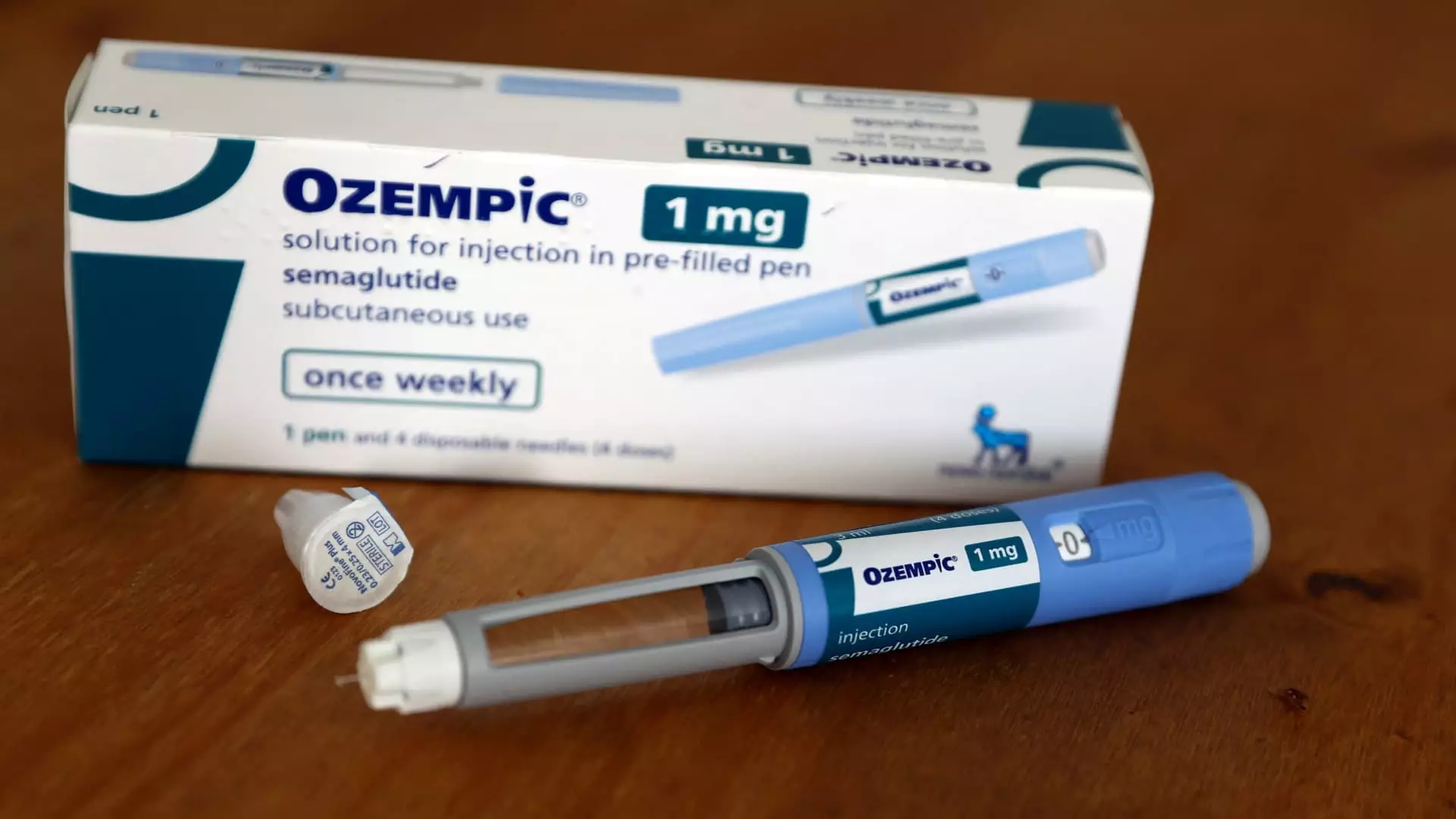The recent study released by researchers at Yale University, King’s College Hospital, and Doctors Without Borders has shed light on the manufacturing cost of the blockbuster diabetes drug, Ozempic. Despite the fact that the drug can be produced for less than $5 a month, Novo Nordisk charges close to $1,000 per month for the injection in the U.S. before insurance. This study raises concerns about the affordability of the top-selling diabetes treatment, as well as other similar drugs in the GLP-1 class.
According to the findings published in JAMA Network Open, researchers estimated that a month’s supply of Ozempic could be manufactured for as little as 89 cents to $4.73. These “cost-based prices” suggest that GLP-1s could be produced at a much lower cost than what drug companies are currently charging. The study highlights the disparity between manufacturing costs and list prices, calling into question the pricing strategies of pharmaceutical companies like Novo Nordisk.
In response to the study, Novo Nordisk declined to provide specific production costs for Ozempic and Wegovy. The company cited high research and development expenditures, claiming that almost $5 billion was spent on R&D last year. Additionally, Novo Nordisk mentioned a recent deal to increase manufacturing capacity to meet the growing demand for GLP-1s. The company stated that a significant portion of its earnings go towards rebates and discounts to ensure patient access to their products.
Novo Nordisk mentioned that out-of-pocket costs for Ozempic vary depending on a patient’s insurance coverage. Patients with private or commercial insurance may qualify for savings cards, allowing them to pay as little as $25 for a one-month, two-month, or three-month supply of the treatment. Despite these efforts to make the drug more affordable, the high list price remains a barrier for many individuals.
The study’s findings have significant implications for patient care and access to essential medications. As the cost of diabetes treatments continues to rise, patients are being forced to choose between their financial stability and their health. Insurers dropping coverage for GLP-1s further exacerbates the issue, leaving vulnerable individuals without affordable treatment options.
The study on the manufacturing cost of Ozempic has brought into question the pricing strategies of pharmaceutical companies and the accessibility of essential medications for patients. As the debate over drug pricing continues, it is essential to prioritize patient needs and ensure that life-saving treatments are affordable and accessible to all. Ultimately, transparency in pricing and a focus on patient well-being are crucial in addressing the rising costs of diabetes care.


Leave a Reply